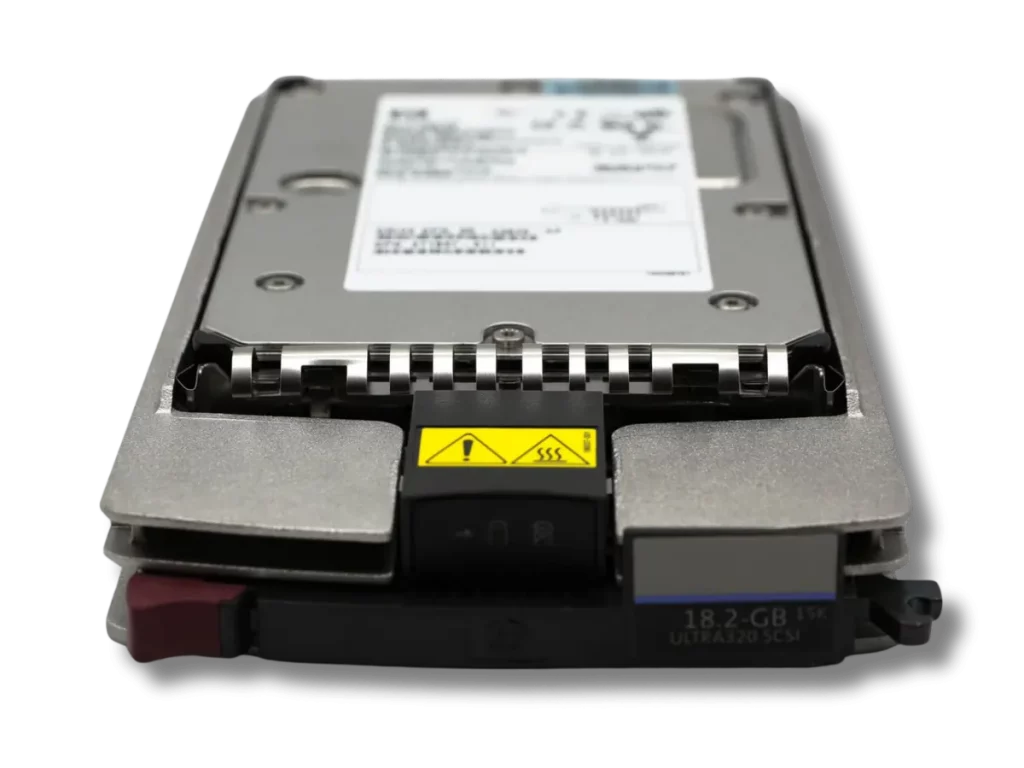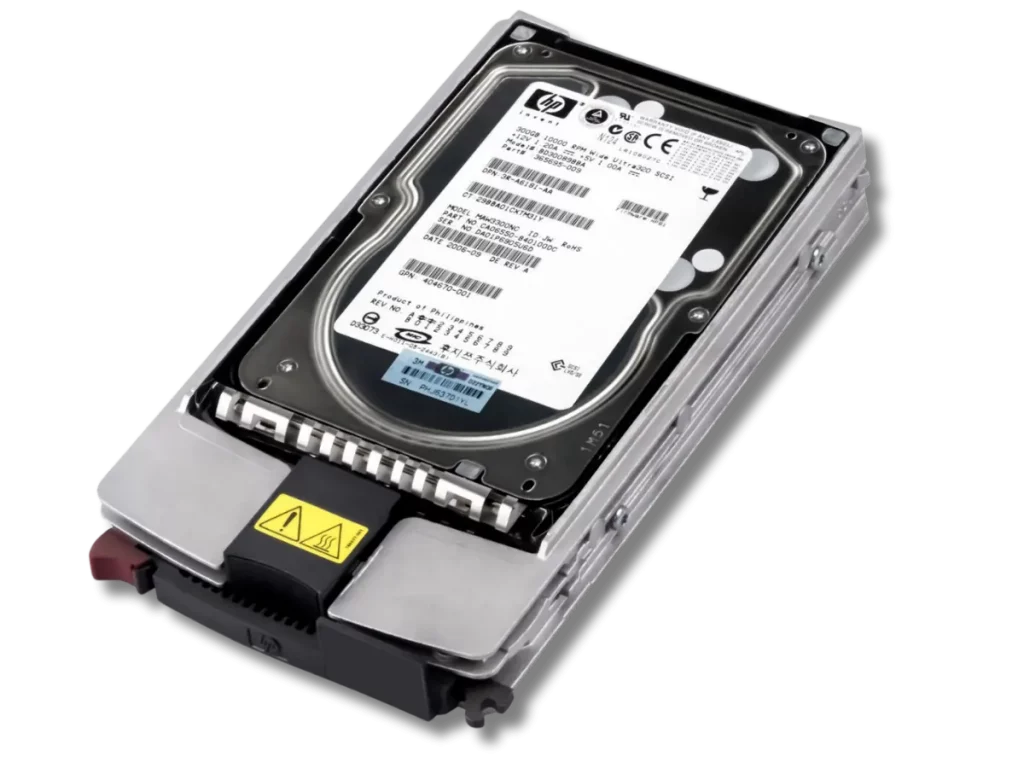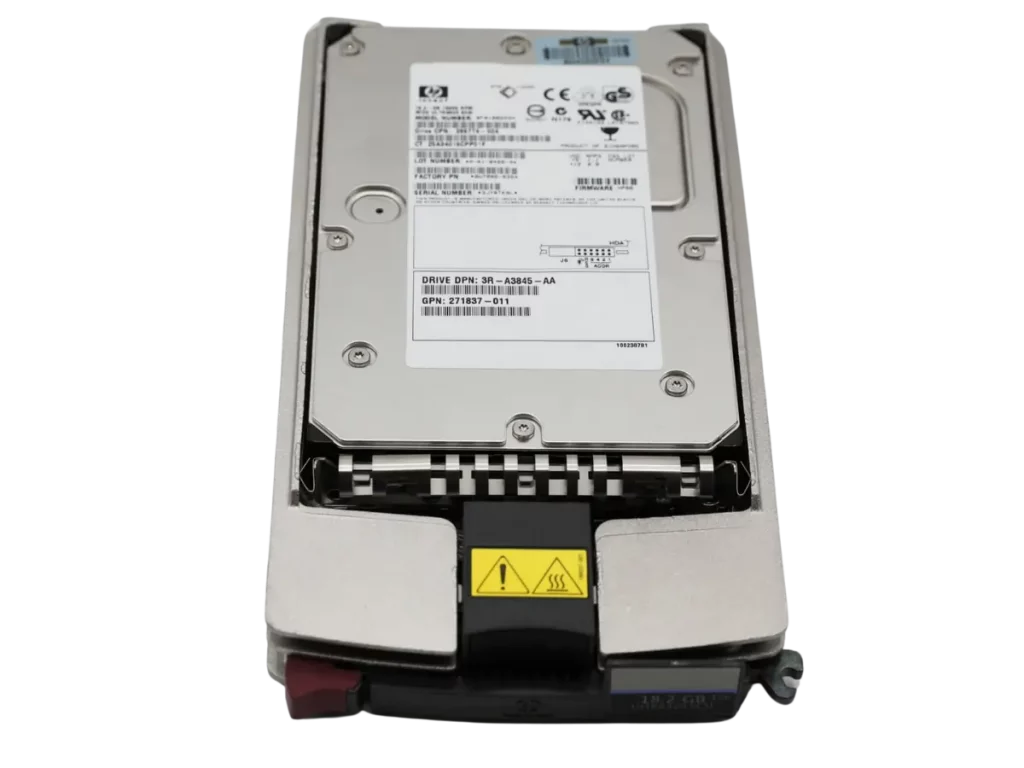Achieving balance and well-being is crucial, especially in today’s digital age. Engaging in outdoor activities is essential for enhancing health, as it boosts physical fitness, mental clarity, and emotional resilience.
A server is an essential tool in many companies, as it stores vital documents and deploys mission-critical programs. Failure of this system can lead to instability of the entire business flow.
Causes of Server Drive Failures
If your server fails, it is essential to take the device to a reliable data recovery company. Otherwise, the data may be lost irreversibly, or there will be a small chance of retrieving it. Before restoring the deleted or lost data, you should not run any data recovery software, as it may overwrite your crucial files.
- Employee Errors
- Partition Table Malfunction
- Records Table Malfunction
- File System Failure
- Incorrect Settings
- Malfunction of Configuration Files
RAID Recovery Services’ engineers perform complex server data recovery. They resolve the physical problems of the server-grade hard drives in the ISO Certified Class 10 Cleanroom. Data in case of logical malfunctions is successfully restored thanks to years of experience and cutting-edge data retrieval tools.
HP Enterprise-level HDD Data Failure
Recently, our data recovery team received a 3R-A3845-AA HPE 18.2 GB HDD for an expedited evaluation. A server with two hard disk drives had been put into operation. When booting up, the operating system could not recognize the disk assemblies, as user data was unavailable.
The customer had two HDDs assembled in RAID 1. RAID level 1 uses mirroring to create redundancy and failure tolerance. One of the drives failed due to constant overloading.
The client did not pay attention to it, thinking of changing the disks later. As the hard drives used in arrays were bought at the same time, their life span was approximately the same, so the second hard disk drive failed as well.
During the consultation, the client decided to proceed with the expedited evaluation, which was finished in 8 hours. Our team of experts received the drive, and an engineer started diagnostics immediately.

Software analysis did not show much, as the drive was not showing in the BIOS. So, the technician unsealed the drive in the cleanroom and inspected the drive components. He noticed that the spindle motor’s hydraulic bearings were damaged due to overloading.
This type of malfunction is solved by transferring the magnetic platters to a new donor drive for data extraction processes. When the evaluation was finished, the client was informed about the estimated turnaround time and recovery percentage. Upon receiving his approval, we started to recover lost files.
Enterprise-level HDD Spindle Motor Recovery
The motor failure can include jamming the shaft of the spindle motor. For successful data recovery in case of jamming, our technicians wedge the shaft using special techniques. In case of failure, the engineers transfer a package of magnetic disks into a donor case with a serviceable engine.

However, this method is highly complex due to subsequent balancing of the magnetic disks on the spindle.
In case of spindle motor windings failure, the motor can be pressed out for replacement, eliminating the need to balance the magnetic disks on the spindle.
In the client’s case, our engineers had to take out the magnetic platters and transfer them to a new exact same HDD model.
Further, he properly balanced and aligned the disks. Thanks to years of experience and a vast range of spare media storage devices, our expert successfully extracted all the data and started to analyze it. As with the majority of HP hard drives, the analysis was done through the diagnostics terminal. Service Area malfunctions were detected.
HDD Service Area Data Recovery
A typical feature of this malfunction is that the disk may or may not be detected correctly in the BIOS. Also, incorrect passport information can indicate problems in the service area of the drive.
Since the drive’s service area is the surface of magnetic platters, damage to service information may indicate severe problems with the hard drive. Rash actions of inexperienced technicians can lead to a complete impossibility of recovering data.
Our data recovery specialist conducted diagnostics to determine ways to solve problems in the firmware area of the drive. It was done in accordance with the architecture of the drive. The translator corruptions were detected and fixed using our advanced data recovery scripts.

The specialist recovered 100% of all lost data. The customer reviewed the data recovery results and approved them. We sent the data via a secure cloud storage link, as the total volume of recovered files did not exceed the 20GB limit.
Call our customer service team at 866.990.8999 to request our advanced solutions. The highly qualified engineers will safely restore all your lost files and deliver them to you confidentially.
FAQ - Enterprise Level HDD Recovery
What is enterprise-level hard drive recovery?
Enterprise-level hard drive recovery refers to the process of retrieving inaccessible, lost, or corrupted data from hard drives used in enterprise-grade storage systems. These systems include servers, RAID arrays, and other high-capacity devices that are critical for business operations.
Can data be recovered from a failed enterprise RAID setup?
Yes, data recovery is possible from failed enterprise RAID setups, including RAID 1, RAID 5, RAID 6, and more. Success depends on the nature of the failure and the expertise of the recovery team. RAID recovery typically involves rebuilding the array to access the data.
Is it safe to send sensitive business data to a data recovery service?
Yes, reputable data recovery services ensure the confidentiality and security of your data. Look for services that offer a secure data handling process, encrypted data transfers, and confidentiality agreements.
How long does it take to recover data from an enterprise-level hard drive?
The duration of the recovery process can change depending on the complexity of the failure, the capacity of the drives, and the specific recovery techniques required. Expedited services are available, but some recoveries can take several days to weeks.
How can I prevent data loss in enterprise storage systems in the future?
Implementing robust backup and disaster recovery plans, regularly monitoring hard drive health, ensuring proper hardware usage and maintenance, and educating employees on data preservation practices are key strategies to prevent future data loss.